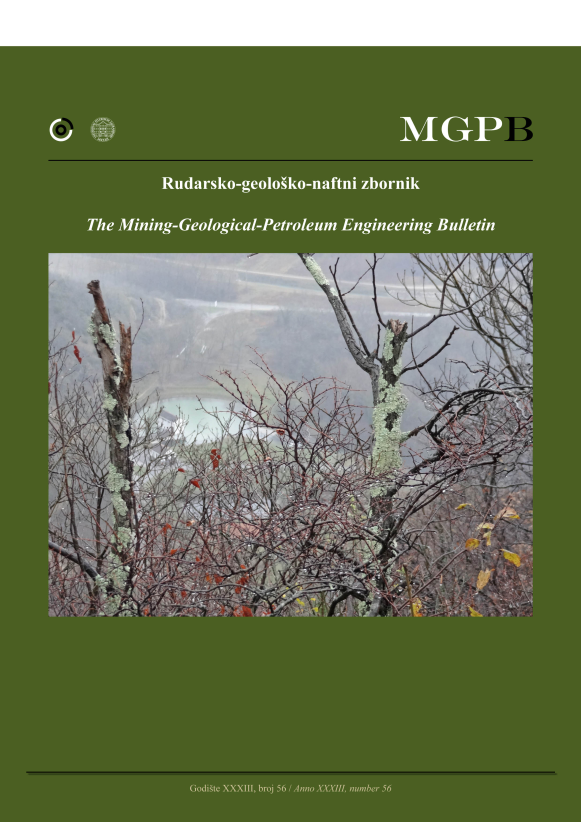Potential of using plant extracts as green corrosion inhibitors in the petroleum industry
DOI:
https://doi.org/10.17794/rgn.2021.5.12Keywords:
CO2 corrosion; petroleum industry; carbon steel; plan extracts; green corrosion inhibitorsAbstract
In this paper, preliminary studies of ten different plant extracts as potential corrosion inhibitors of carbon steel were examined. For each extract, the concentration range in which it shows anti-corrosion action was first determined, and then the most effective concentration was determined for each extract. The tests were performed in a brine solution saturated with CO2 at room temperature. The aim of this study was to isolate extracts with high effectiveness and subsequent electrochemical and surface methods to determine the mechanism of inhibitory action. For this purpose, potentiodynamic polarization was performed with Tafel extrapolation. Among all the tested extracts, lady’s mantle (92.17%) and dandelion root (95.07%) stood out with their effectiveness. Both tested extracts showed the behaviour of a mixed corrosion inhibitor with a dominant influence on the anode process.
Downloads
Published
How to Cite
Issue
Section
License
Copyright (c) 2021 authors and journal

This work is licensed under a Creative Commons Attribution 4.0 International License.
Creative Commons-BY
Authors who publish with this journal agree to the following terms:
In agreeing this form, you certify that:
- You read the ethical codex of the RGN zbornik available at journal web.
- You submitted work is your original work, and has not previously been published and does not include any form of plagiarism.
- You own copyright in the submitted work, and are therefore permitted to assign the licence to publish to RGN zbornik.
- Your submitted work contains no violation of any existing copyright or other third party right or any material of an obscene, libellous or otherwise unlawful nature.
- You have obtained permission for and acknowledged the source of any illustrations, diagrams or other material included in the work of which you are not the copyright owner.
- You have taken due care to ensure the accuracy of the work, and that, to the best of your knowledge, there are no false statements made within it.
- All co-authors of this submitted work are aware of, and in agreement with, the terms of this licence and that the submitted manuscript has been approved by these authors.
Publication licence
You retain copyright in your submitted work, according to journal license policy (CC-BY). By signing this form you agree that RGN zbornik may publish it under the publication licence. In summary the licence allows the following:
Anyone is free:
- To copy, distribute, display, and perform the work.
- To make derivative works.
Under the following conditions:
- The original author must always be given credit.
- The work may not be used for commercial purposes.
- If the work is altered, transformed, or built upon, the resulting work may only be distributed under a licence identical to this one.
Exceptions to the licence
In addition to publishing the work printed under the above licence, RGN zbornik will also enable the work to be visible online.
The journal editorial can change the licence rules anytime but it cannot retroactively restrict author(s) rights.


